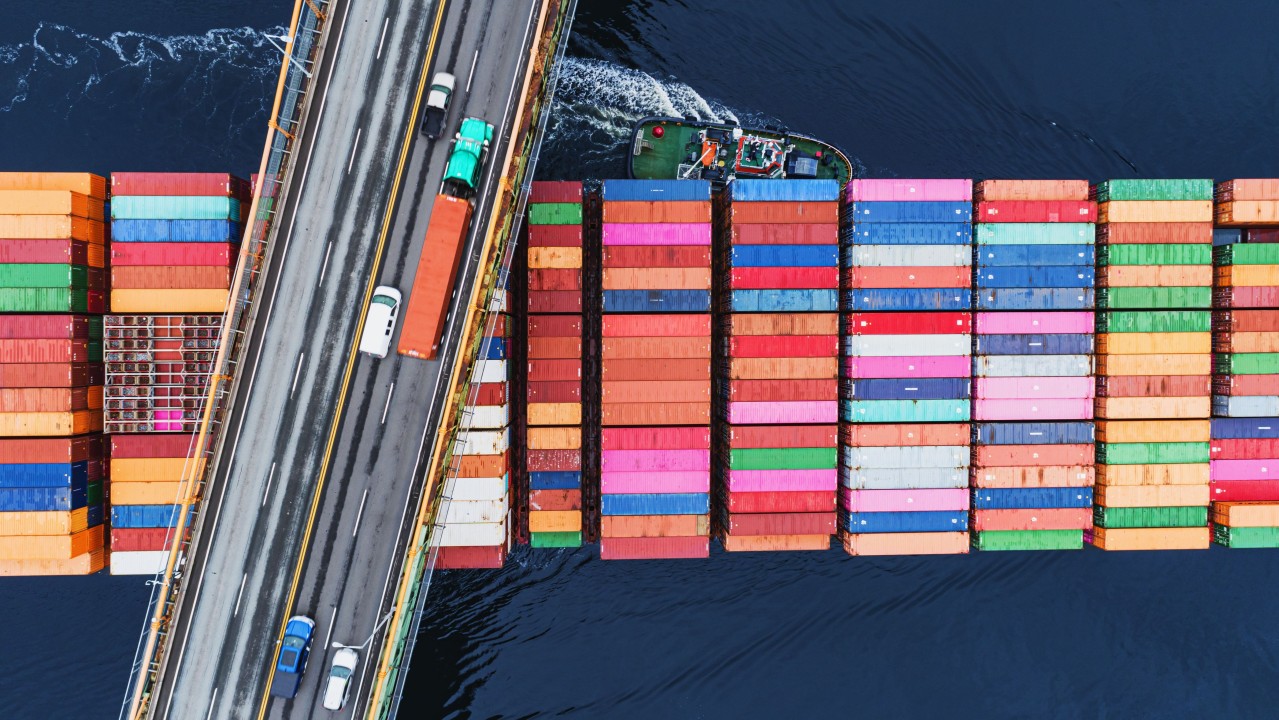Building Supply Chain Resilience Amidst Global Disruptions: Navigating Labor, Regulatory, and Weather Challenges

Supply Chain Management Review Magazine published an important piece on the top 10 supply chain disruptions we've seen so far this year; such disruptions have become an ever-present reality. From labor strikes to regulatory shifts and natural disasters, brands across industries are finding themselves being forced to adapt quickly. The challenge is not just to react to these disruptions but to build supply chains that can withstand, and even thrive in, unpredictable times. We've summarized some of the pressing challenges facing global supply chains right now that we're seeing, with some strategies businesses can develop to build resilience and flexibility.
1. Labor Disruptions: Adapting to a Changing Workforce Landscape
Labor strikes, protests, and disputes have increased significantly worldwide—up by 42% year over year. These disruptions can result in manufacturing delays, port closures, and supply interruptions, which in turn affect the timely delivery of goods. In fact, protest/riot disruptions alone have spiked by over 400%, reflecting a workforce that is both active and vocal (Supply Chain Management Review).
How to Build Resilience:
- Diversify Suppliers & Manufacturing Locations: Avoid over-reliance on a single supplier or production location. By having multiple manufacturing sources, preferably across different regions, businesses can quickly pivot if labor disruptions impact a particular area.
- Strengthen Relationships with Logistics Partners: Work closely with logistics providers and carriers to stay informed of any potential labor issues, so you can reroute shipments or find alternative transport options in real time.
Building strong communication channels within your supply chain and working with partners who have a track record of flexibility is key to navigating the current labor landscape.
2. Regulatory Changes: Staying Ahead of Compliance
The regulatory environment is in flux, especially around ESG (Environmental, Social, and Governance) issues. With new regulations like the German Supply Chain Due Diligence Act and the anticipated Canada Modern Slavery Act, compliance is becoming more complex. Regulatory disruptions have increased by 185%, meaning supply chains must adapt to tighter labor practices, environmental policies, and corporate governance standards
How to Build Resilience:
- Stay Proactive with Compliance Tools: Use compliance management tools to track changes in regulations globally. Keeping up with emerging laws can help you adapt before disruptions occur.
- Work with Partners Specializing in Compliance: Consider partnering with logistics or consulting companies that specialize in understanding and navigating regulatory frameworks. Having this expertise in your corner ensures that your supply chain remains compliant while minimizing operational disruptions.
Brands that can quickly integrate new compliance requirements into their supply chain processes will stay ahead of disruptions and be seen as more trustworthy by customers and regulators alike.
3. Extreme Weather Events: Preparing for the Unpredictable
Extreme weather events have been a major disruptor in recent months, with a 130% rise in occurrences. From floods to hurricanes, these events can have devastating impacts on both the physical movement of goods and the infrastructure needed to support supply chains. Notably, floods alone have increased by 220% in the US.
How to Build Resilience:
- Use Predictive Analytics for Forecasting: Advanced weather forecasting tools can help predict extreme weather events, allowing businesses to take proactive measures. By adjusting shipping routes, scheduling buffer stock, or reallocating inventory, supply chains can stay agile. This often means making sure you're utilizing the right freight services that take these measures for you.
- Establish Emergency Protocols: Develop clear action plans for responding to natural disasters or extreme weather events. This includes having backup warehousing options and contingency plans for transportation.
Being prepared for natural disasters helps ensure that the impact on your supply chain is minimized, allowing your business to maintain service levels and customer trust.
4. Financial Resilience: Navigating Economic Pressures
Economic challenges like rising interest rates, inflation, and increased operating costs are having a knock-on effect on supply chains. With bankruptcies up by 200% and force majeure events increasing by 128%, many suppliers and manufacturers are facing financial pressures.
How to Build Resilience:
- Evaluate Supplier Financial Health Regularly: Regularly assess the financial stability of key suppliers and partners. This can help identify potential risks before they affect your supply chain.
- Negotiate Flexible Payment Terms: Establish agreements with suppliers that offer flexibility, like longer payment terms or volume discounts, to ease financial burdens on both sides.
Financial agility within your supply chain allows you to adapt quickly to market changes and maintain stable relationships with key partners.
Thoughts: Supply chain resilience is no longer just about avoiding disruptions—it's about building a system that is flexible, agile, and ready to respond to whatever the global landscape throws its way. By proactively addressing labor challenges, staying compliant with evolving regulations, preparing for extreme weather, and ensuring financial health across your supply chain, brands can navigate the complexities of today’s world and keep their operations running smoothly.
Your personalized fulfillment solution

Discover the latest trends

Blog title heading will go here
Ready to scale your business?




